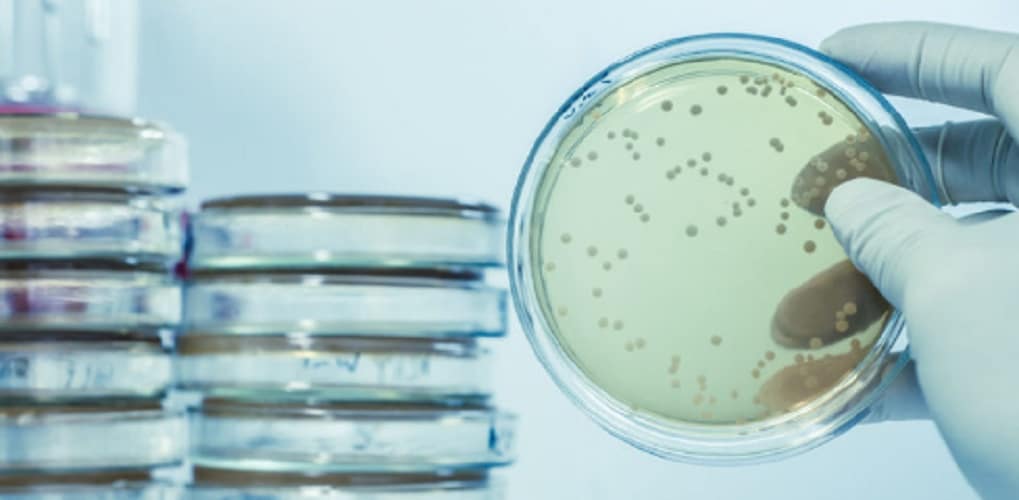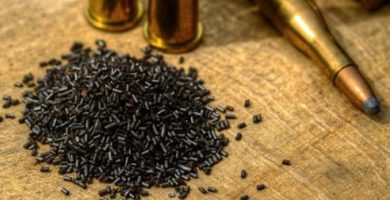What is microbiology?
We explain what microbiology is, what are its branches of study and why it is important. In addition, how it is classified and its history.
-
What is microbiology?
Microbiology is one of the branches that integrate biology and focuses on the study of microorganisms . It is dedicated to its classification, description, distribution and analysis of their ways of life and functioning. In the case of pathogenic microorganisms, microbiology studies, in addition, their form of infection and the mechanisms for their elimination.
The object of study of microbiology are those organisms that are not perceptible to the human eye, so an instrument of this branch of biology is the microscope , invented in the seventeenth century.
Among the organisms studied by microbiology are eukaryotic and prokaryotic cell aggregates , cells , fungi , viruses and bacteria and all those microscopic elements.
-
Branches of microbiology

When addressing the microbial agents that generate infectious pathologies, four branches are identified within the microbiology:
- Parasitology. It focuses on the study of parasitism and includes eukaryotic parasites such as helminths, protozoa and arthropods . This branch also addresses diseases or parasitosis that affect plants, humans and animals.
- Bacteriology. He is dedicated to studying the bacteria and the diseases they generate.
- Mycology. It is the study of fungi.
- Virology. It studies viruses, classifies them and analyzes their evolution, structure, ways of infecting and staying in host cells and their interaction with them. On the other hand, address the diseases that viruses generate and the development of techniques for their cultivation, isolation and exploitation.
-
Importance of microbiology
In the field of health and medicine, microbiology is of great importance since it is the one that is responsible for studying pathogenic microorganisms such as fungi , viruses, parasites and bacteria that can cause disease in humans .
From the microbiology the infectious diseases that any patient suffers are studied and thanks to it it is possible to determine which is the most appropriate treatment for each disease and patient.
In addition, the knowledge developed in microbiology is applied in industries of all kinds, for example, in energy, where such knowledge is applied to convert waste into energy sources .
-
Types of microbiology

Within the microbiology different subdisciplines are identified according to their object of study. Some of them are the following:
- Health Microbiology It is dedicated to the study of those organisms that contaminate food and put at risk the health of those who consume them.
- Veterinary Microbiology It is dedicated to the approach of microorganisms that affect the health of animals .
- Phytopathology It addresses the diseases that some protists , bacteria, viruses or fungi can generate in plantations.
- Medical microbiology Study those microorganisms that cause disease and consider their treatment and transmission.
- Agricultural microbiology It addresses the bacteria and fungi that are deposited in the crops and studies how the interaction between them can be beneficial.
- Microbial genetics Analyze the regulation and organization of microbial genes.
- Microbial ecology. It addresses the behavior of microbe populations and the interaction with their habitat .
- Microbial physiology. Study the functioning of microbial cells.
- Evolutionary microbiology The study of the evolution of microbes is focused.
-
History of microbiology
Microbiology as a science did not develop until the nineteenth century but its origins can be found throughout history, so it speaks of four periods:
- First period. It covers from antiquity to the first microscopists (it has no specific dates).
- Second term. It has its beginnings around 1675 (when Leeuwenhoek discovered microorganisms) and reaches the mid 1800s.
- Third period. It begins with the development of microorganism cultures and ends in the mid 1800s, when Koch and Pasteur, with their advances, turned microbiology into a settled science.
- Fourth period. It has its beginnings in the early 1900s, when specialists approach microorganisms from different angles such as genetics , ecology , biochemistry and physiology .
-
Microbiology career

Many universities have career Microbiology designed to train specialists in this field, engaged in the research and development of policies related to microorganisms and infectious diseases.
Graduates in Microbiology are trained to work in fields related to illnesses and diseases, and manipulate microorganisms to develop solutions in the most diverse areas.
In addition, microbiologists can control the quality of food , pharmaceutical, agricultural and environmental products.
-
Viruses in microbiology
In microbiology, the virus is defined as a genetic agent that has a central region composed of RNA , DNA or nucleic acid . In addition, this nucleus is covered by proteins or capsid and, in some cases, by lipoprotein.
Each virus has enough information to specify its reproductive cycle , and it differs from others by its chemical composition, shape and size.
Viruses began to isolate themselves a few decades ago and that is why there are no certainties about their origins: only the qualities of the viruses of the present can be analyzed in depth.





